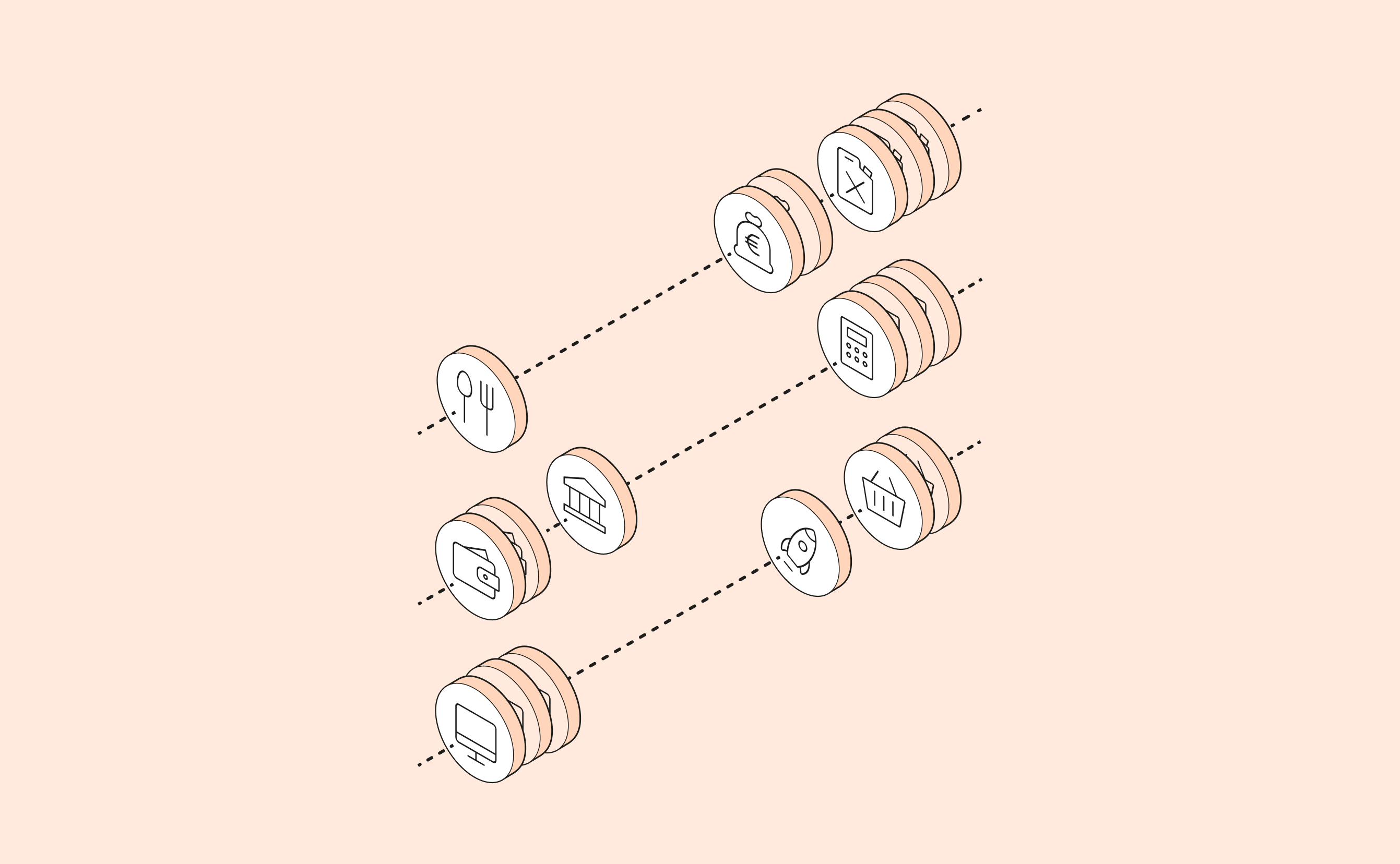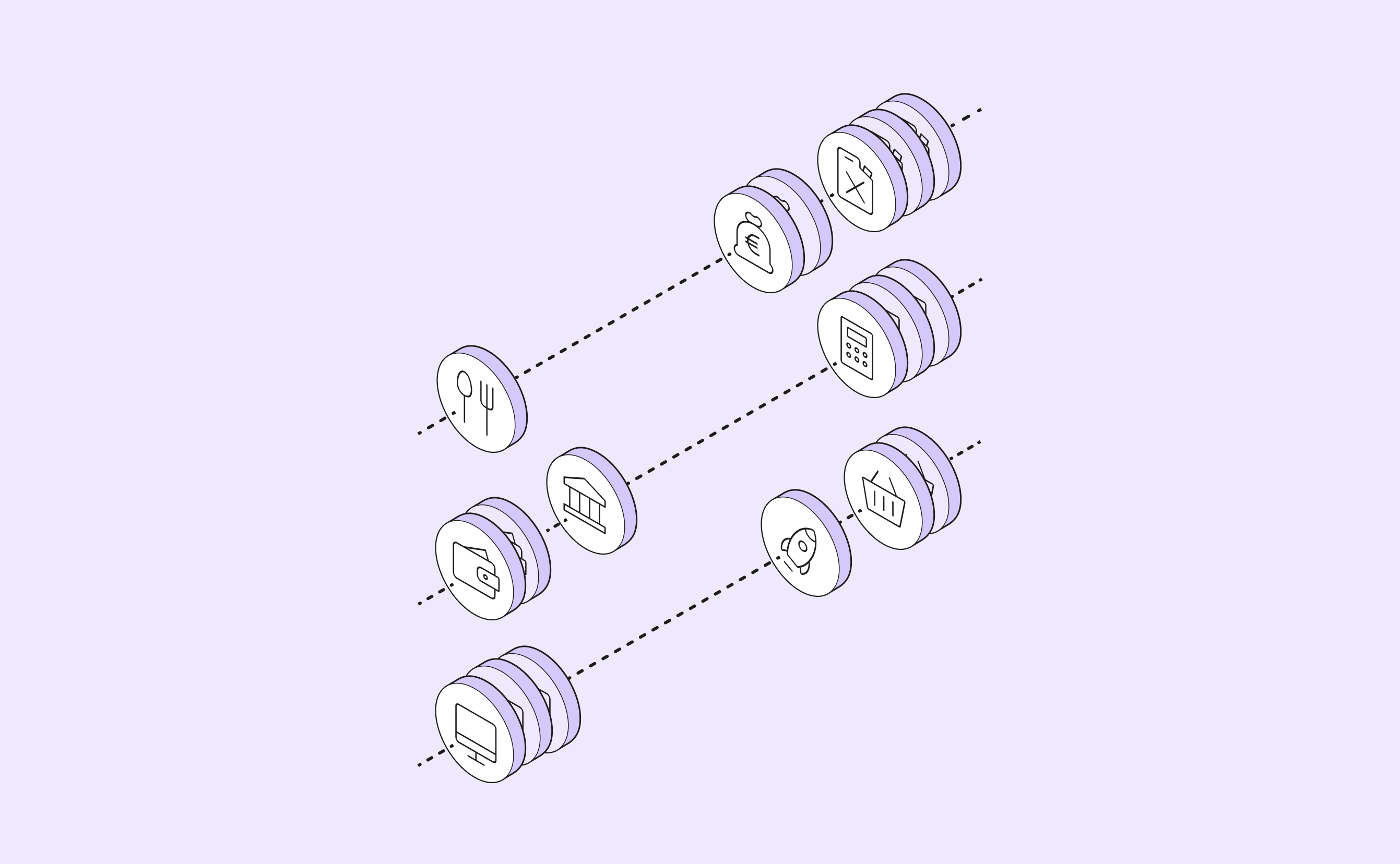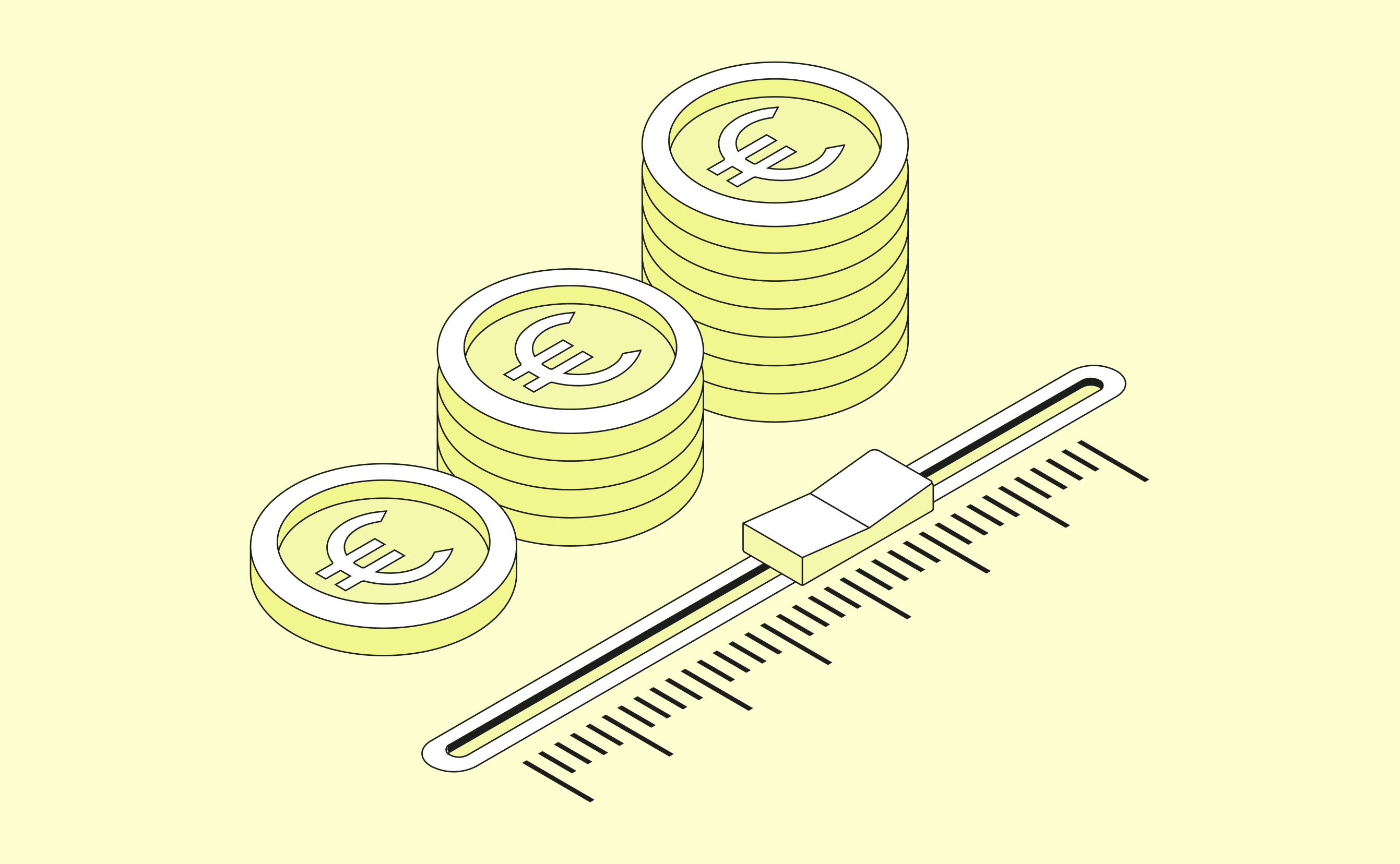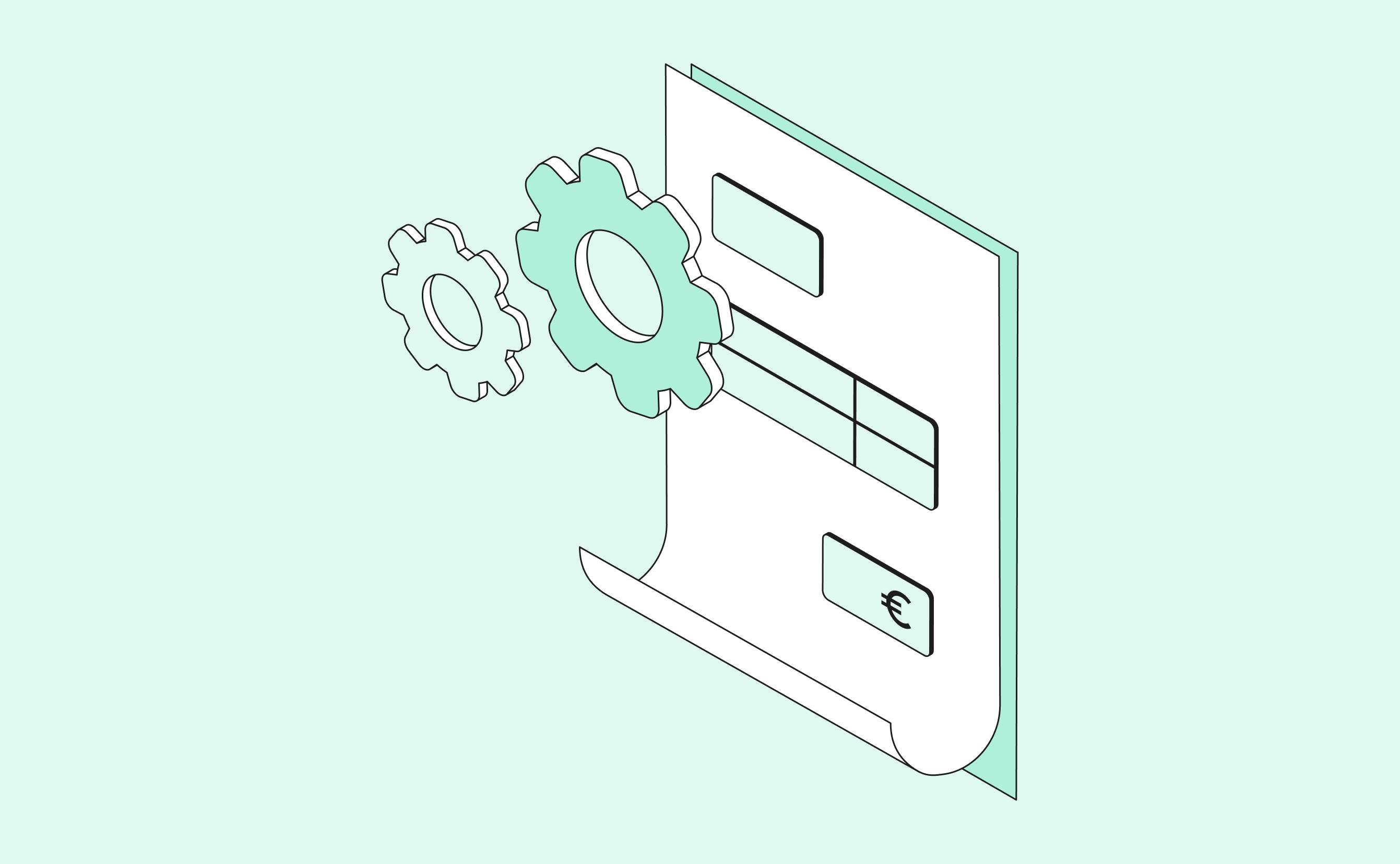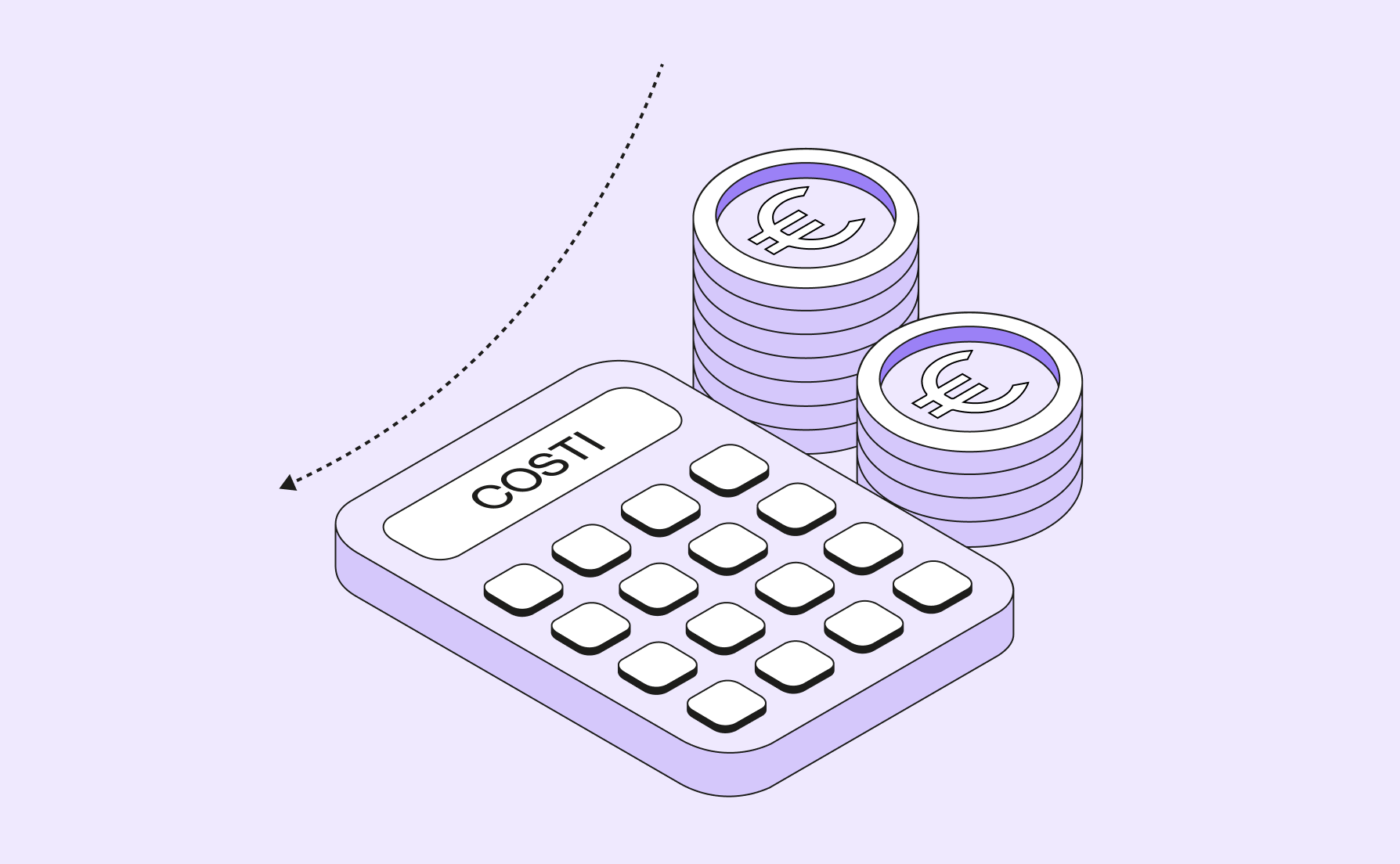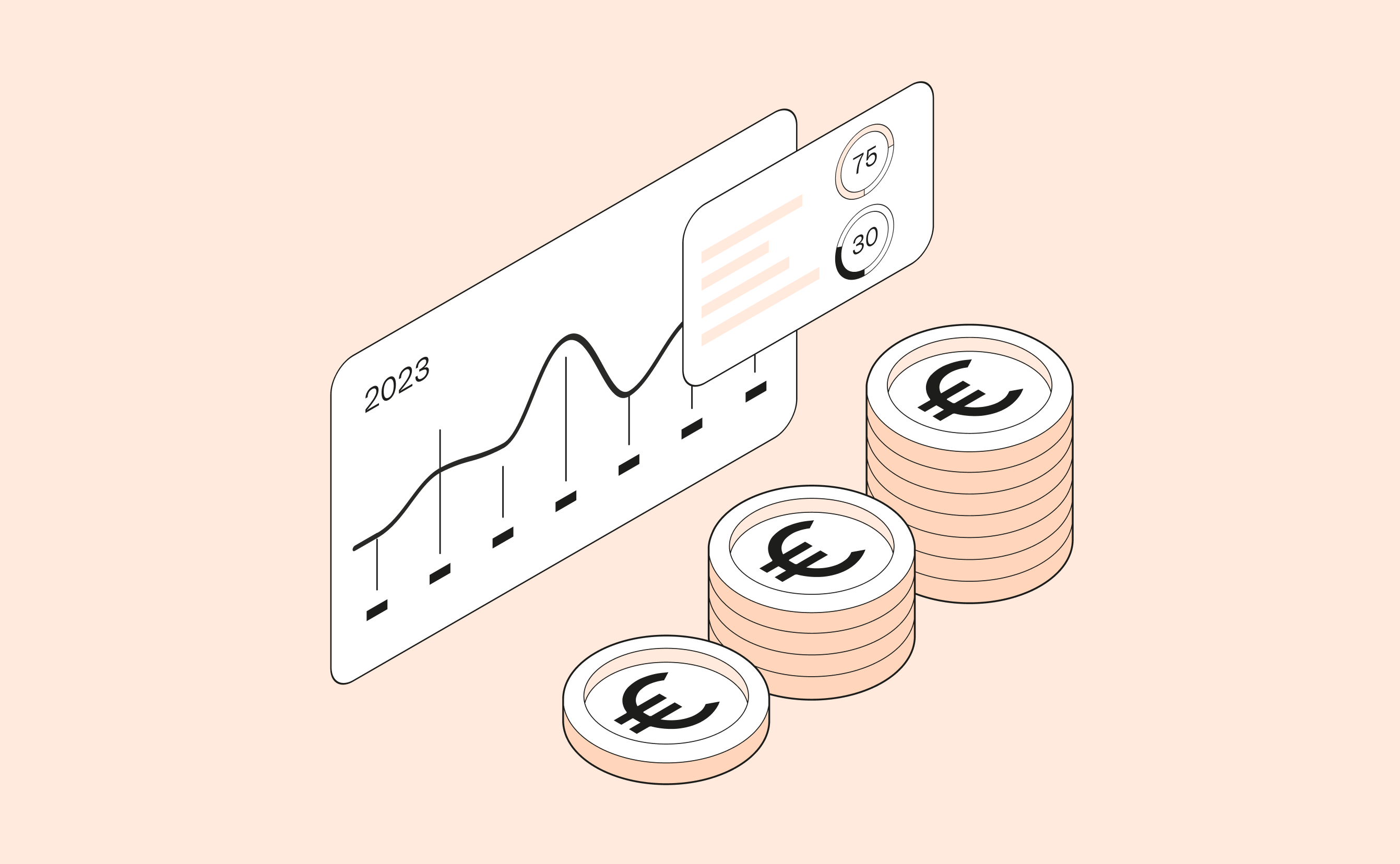Digital solutions can come in very handy to help you keep your construction costs in check.
Let’s use a practical example and compare two companies’ approaches, to show you the extent of the advantages of going digital.
Company A manages its spending without the aid of digital tools:
- Bills and invoices are checked and sent as sheets of paper.
- The accounting team inputs these invoices manually.
- Monitoring finances (outgoing expenses and customer payments) is carried out by a financial controller and management, usually through Excel.
Inputting and approving these documents, either manually or verbally, leaves room for error. In addition, the tools used are basic, which means inputting is repetitive and time-consuming. What’s more, none of the tools used allow company A’s teams to collaborate on them.
Company B wants to save time, as it’s had enough of seeing its margins evaporate due to lost documents or human error. So, it has embraced a modern,
digital solution like Qonto.
As a result, it enjoys the following advantages:
- Bills and invoices are saved online and automated (considerably reducing the risk of damage, loss, or fraud and making the verification process faster and more secure).
- Digital tools can be integrated with solutions used by other departments. The
accounting team, for instance, will instantly and automatically receive
documents generated on the building site.
-
Finances are tracked in real time by the financial controller and/or upper management, while expenses are categorized by purchaser, supplier, etc, in an easy-to-understand dashboard.
Time management, team management and spend management. These are the 3 pillars of a successful construction project.
Adopting new methods and ‘going digital’ takes time, but one thing is for sure: once you do, you never want to go back. And for a good reason: you can measure and track your efficiency and profitably as granularly as you want and as often as you want. So why would you go back?
